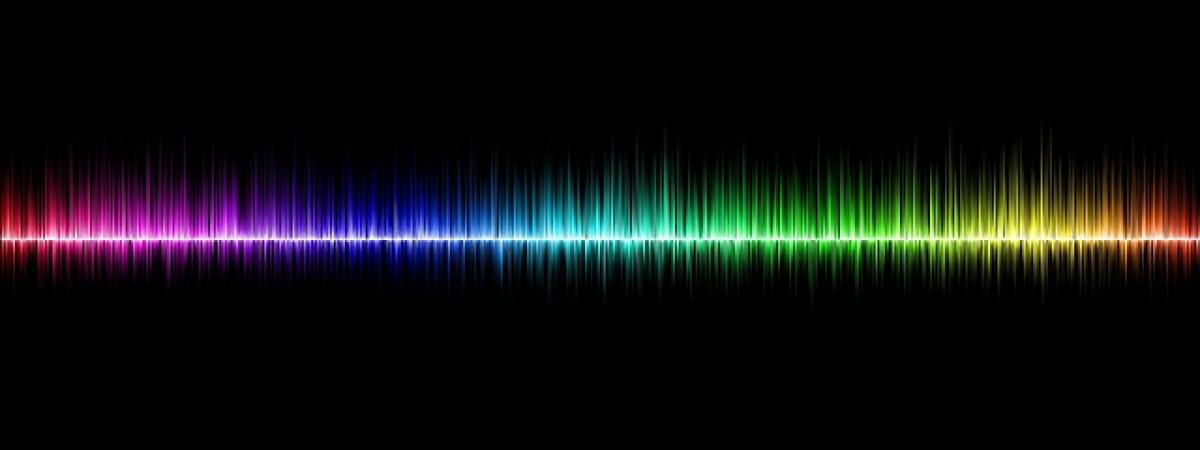How blind people gain an enhanced sense of hearing

Shortlisted for Guild of Health Writer Award 2016
When the brain is deprived of sight through blindness can it reorganise to respond to hearing instead? Echolocators remain a mystery but are helping many blind people see again.
Exceptional listeners
Some blind people show exceptional hearing: Stevie Wonder, Andrea Bocelli, the Blind Boys of Alabama and Blind Willie Johnson all inspire with their music – and what about the Association of Blind Piano Tuners? And how often have you closed your eyes to gain a deeper enjoyment of a piece of music?
In one survey, blind children were 4000 times more likely to have perfect pitch than sighted children. When input from the eyes is lost, it does seem that hearing can become more acute.
But can we ‘see’ with our ears?
Daniel Kish has been blind since his eyes were removed due to retinoblastoma when he was 13 months old. Yet he can ride a bike, climb trees and walk around town.
He says, “I click over my shoulder. I can still hear the wall of the building. As long as I can hear that, I can find my way back… Then the sounds in front of me take on a softer hue, suggesting there’s a big field of grass ahead”.
Kish is carrying out what is known as echolocation: where sounds are made (usually from the tongue, footsteps or a cane), and the returning echoes tell the sender about the size, position and density of objects in the surrounding environment. It’s a skill that dolphins and bats use to detect prey.
What is Echolocation?
Echolocation was discovered in the 18th century when scientists discovered that blinded bats were able to negotiate obstacle courses until their ear canals were closed with wax.
To what extent humans can learn this skill remains a mystery.
Kish started echolocating of his own accord when he was 2 years old. Others undergo intensive training (Kish teaches this skill worldwide through his organisation, “World Access for the Blind”).
Blind people seem to learn echolocation more readily than sighted people
This is because more than 30% of the surface (cortex) of the brain is used for vision. But in blind people this area is unused, and so available for rewiring to respond to sound.
The best echolocators seem to be those who lose their sight early in life, when their visual cortex has hardly been used so is freely available to be used for hearing.
MRI scans have indeed shown that the visual cortex is used in blind echolocation, but other brain areas used when sighted people echolocate. Interestingly, in blind people other brain areas also seem to be involved to give more information about the object such as texture and movement.
So the brain really does seem to rewire for sound. It can also rewire for touch (thus helping Braille reading) and for visual memories (strengthening the ‘mind’s eye’). The brain is a lot less hard-wired than a computer.
Optical illusions?
Our eyes can be tricked; so can the echolocating brain.
Scientists recently showed that when confronted with identical weights in different sized boxes, echolocators wrongly deemed the bigger boxes to be lighter.
Echolocation also lacks colour information. Nevertheless, it opens the world to some blind people.
